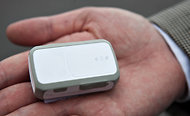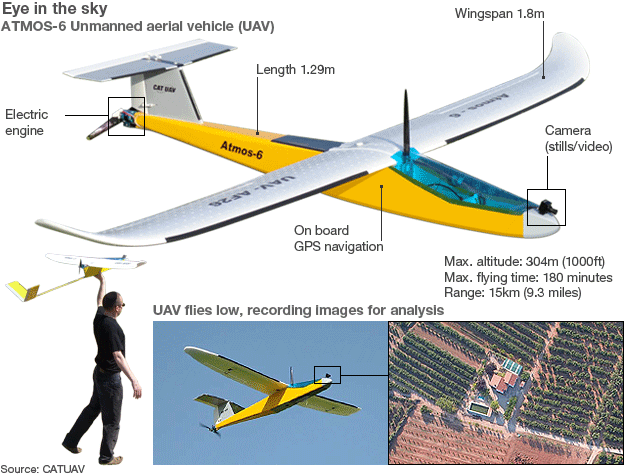Conference at UCB on Digital Privacy and Surveillance - March 6
/Pan-Optics: Perspectives on Digital Privacy and Surveillance
March 6, 10:30 a.m.-4 p.m. 310 Sutardja Dai Hall, Banatao Auditorium
bit.ly/pan-optics2014
Featured Speakers: Rebecca MacKinnon, Senior Research Fellow, New America Foundation; Trevor Paglen, Artist, Social Scientist, and Author
Advances in drone aircraft, networked cameras, and recent disclosures about the NSA’s international and domestic surveillance activities have stimulated public protests, outrage from activists, and new policy discussions among elected leaders. This symposium will highlight emerging perspectives on visual privacy and consider the state of the art from a variety of disciplines and professions, including technology, journalism, filmmaking and the arts.
Though traditionally considered separate domains, visual and digital surveillance practices are being combined as machine vision, facial recognition and other technologies become more sophisticated and interoperable. Institutional surveillance by semi-autonomous drones and remote cameras, citizen video monitoring, and incessant photo-sharing and tagging on social networks enable perpetual documentation. The same tools can be used for both transparency and repression.
This symposium will bring together scholars and practitioners from a range of disciplines to discuss privacy protections, surveillance methods, and modes of resistance in a digital age. The program will feature two keynote addresses and two panel discussions that will explore emerging surveillance technologies and applications across a range of contexts, and then turn to resistant strategies employed by individuals and organizations in response.
Registration required: $20 General Admission, $10 Faculty or Staff, $5 Students






 By Yudhijit Bhattacharjee
By Yudhijit Bhattacharjee